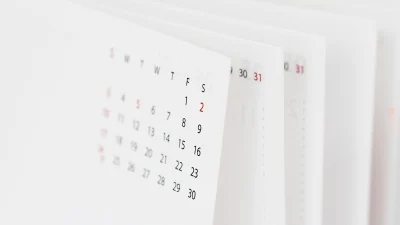Advisers and investors turn to ETFs
The number of advisers and investors using exchange-traded funds (ETFs) is set to grow significantly, according to a study by researcher Investment Trends.
The November 2008 Exchange Traded Funds Report found that the use of ETFs among advisers and investors has doubled to 19,000 in the two years to the end of 2008.
That figure could easily double again, the research projected, with another 33,000 Australian investors currently considering their first ETF investment.
In addition, it found 37 per cent of current ETF holders say their next alternative investment will be in ETFs.
The report found that only 10 per cent of recent ETF investors used a financial planner before investing in the products, while 79 per cent said they had invested without consulting an adviser.
Nonetheless, there are indications that financial planners are becoming more interested in ETFs, according to the research.
A total 16 per cent of planners said they intend to increase their use of ETFs in the coming year, while only 4 per cent plan a decrease.
This increased interest on the part of planners could be timely, with the report showing that many investors would welcome more advice on ETFs, said Peter Johnston, principal, Investment Trends.
One-third of those whose next planned alternative investment was an ETF said they would like additional advice on the products, he said.
Recommended for you
Nuveen has made its private real estate strategy available to Australian wholesale investors, democratising access to a typically institutional asset class.
VanEck is expanding its fixed income range with a new ETF this week to complement its existing subordinated debt strategy which has received $1 billion in inflows this year.
Specialist global equities manager Nanuk has celebrated 10 years of its flagship New World Fund and is actively considering its next possible vehicle.
Australian equities manager Datt Capital has built a retail-friendly version of its small-cap strategy for advisers, previously only available for wholesale investors.











